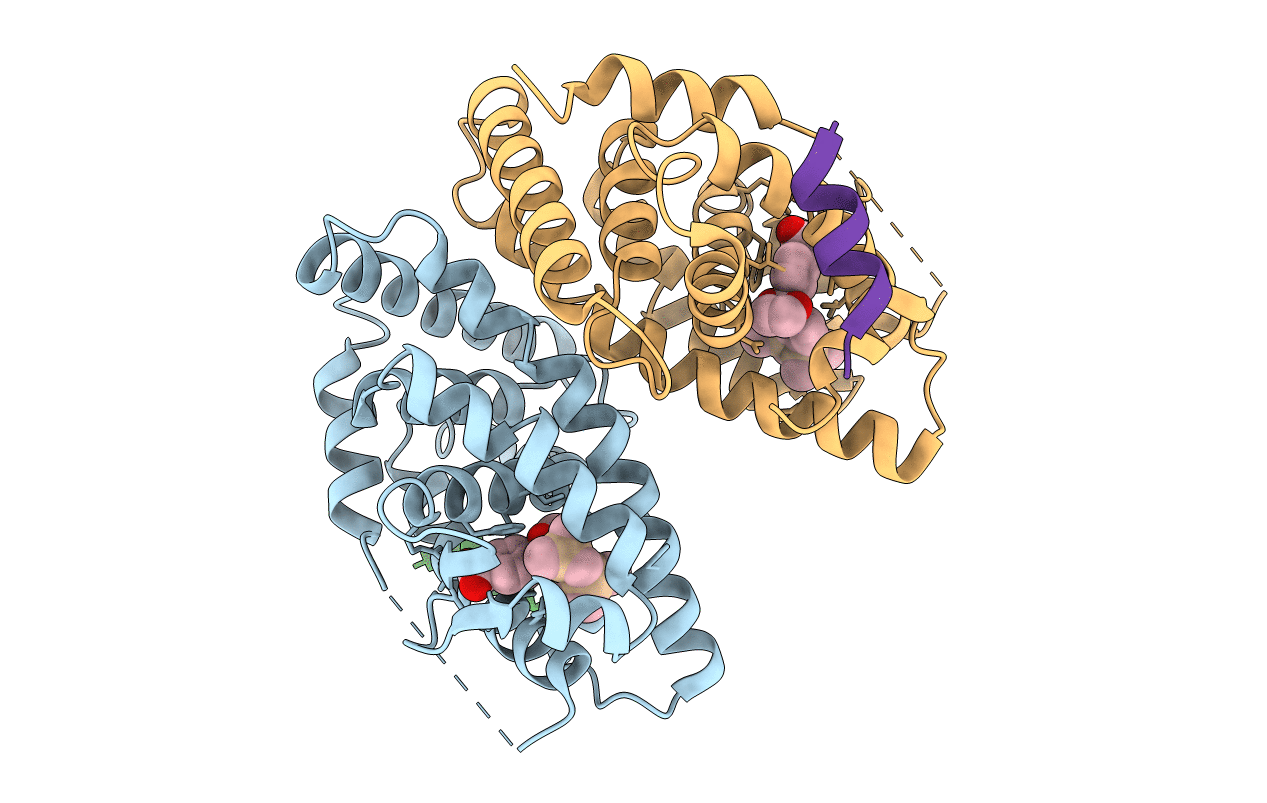
Deposition Date
2009-01-09
Release Date
2009-08-11
Last Version Date
2023-11-01
Entry Detail
PDB ID:
2ZY0
Keywords:
Title:
Crystal structure of the human RXR alpha ligand binding domain bound to a synthetic agonist compound and a coactivator peptide
Biological Source:
Source Organism:
Homo sapiens (Taxon ID: 9606)
Host Organism:
Method Details:
Experimental Method:
Resolution:
2.90 Å
R-Value Free:
0.28
R-Value Work:
0.21
R-Value Observed:
0.22
Space Group:
P 21 21 21


